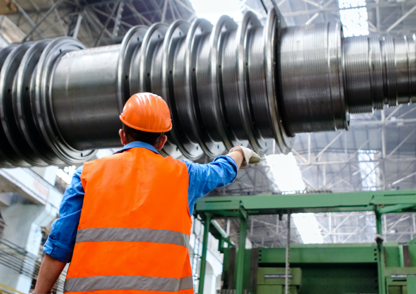In the realm of facility management, the landscape is undergoing a profound evolution. Traditionally seen as the custodian of buildings and spaces, facility management now stands at the forefront of innovation, embracing change to enhance efficiency, sustainability, and overall operational resilience.
Embracing Technology for Efficiency:
One of the primary drivers of this evolution is the integration of smart technologies. Traditional facility management often relied on manual processes and reactive responses to issues. However, the advent of IoT (Internet of Things) has allowed for the creation of smart buildings. These are equipped with sensors and connected systems that provide real-time data on everything from energy consumption to occupancy patterns. This data-driven approach enables proactive decision-making, leading to significant efficiency gains.
Agile Strategies for Dynamic Environments:
The evolving nature of workspaces and the increasing complexity of facility needs require a more agile approach. Flexible work arrangements, shared spaces, and the demand for wellness-centric environments necessitate a shift from rigid management models. Facility managers are now adopting agile strategies that can swiftly adapt to changing requirements. This might involve modular designs, flexible lease agreements, or responsive maintenance protocols to align with the dynamic nature of modern workplaces.
Sustainability as a Core Pillar:
As global awareness of environmental issues grows, sustainability has become a central focus in facility management. From energy-efficient technologies to waste reduction initiatives, facility managers are spearheading efforts to create environmentally friendly spaces. Green building certifications, such as LEED (Leadership in Energy and Environmental Design), are now benchmarks for sustainable facility management practices.
Resilience in the Face of Challenges:
The ongoing global challenges, such as the COVID-19 pandemic, have underscored the importance of resilience in facility management. The ability to quickly adapt spaces to new health and safety protocols, including touchless technologies and improved ventilation systems, has become paramount. Facility managers are now integral to organizational resilience, ensuring that spaces can adapt to unforeseen challenges without compromising operational continuity.
Collaboration and Communication Tools:
Communication is a linchpin in effective facility management. Traditional methods often involved cumbersome communication channels that could lead to delays in addressing issues. Today, the integration of advanced communication tools and platforms streamlines interactions. Mobile applications, cloud-based collaboration, and integrated systems ensure that stakeholders can communicate seamlessly, promoting faster issue resolution and improved overall management.
Conclusion:
The evolution of facility management represents a strategic shift from a reactive, maintenance-focused approach to a proactive, technology-driven strategy. Embracing change has become not just a necessity but a catalyst for unlocking new levels of efficiency, sustainability, and resilience in managing diverse facilities. As the landscape continues to evolve, facility managers are positioned as key players in steering organizations toward a future where spaces are not just managed but optimized for success.




